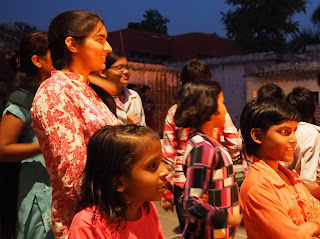Please
see Instructions and Tips.
To
view a list of all of our travel blogs and slide shows, or if you want to
subscribe or follow us, please go here:
We
hope you enjoy reading our blog!
----------------------------------------------------------------------
For
this blog:
Please do read through the blog for our
narrative and the related photos. But if you just want to look at the photos ...
More (category) Albums: Photos, not in the blog, that fit a
certain
category. They open in a new window.
category. They open in a new window.
Animals
Birds and Others
Camels
Deer
Domestic animals
Monkeys
Tigers
Architecture
Buildings
Details
Interiors
Windows and Doors
Buildings
Forts
Palaces and Havelis
Temples
Abstract
Art
Countryside and City
Flowers and Gardens
Markets and Shops
Meals and Menus
People
Signs
Birds and Others
Camels
Deer
Domestic animals
Monkeys
Tigers
Architecture
Buildings
Details
Interiors
Windows and Doors
Buildings
Forts
Palaces and Havelis
Temples
Abstract
Art
Countryside and City
Flowers and Gardens
Markets and Shops
Meals and Menus
People
Signs
More (site) Albums: Photos, not in the blog, about a specific place.
They open in a new window.
Links are at the end of the appropriate post.
Links are at the end of the appropriate post.
Slide shows of photos in this blog (about 20 –
30 minutes each)
Flickr: Our Photostream


































































